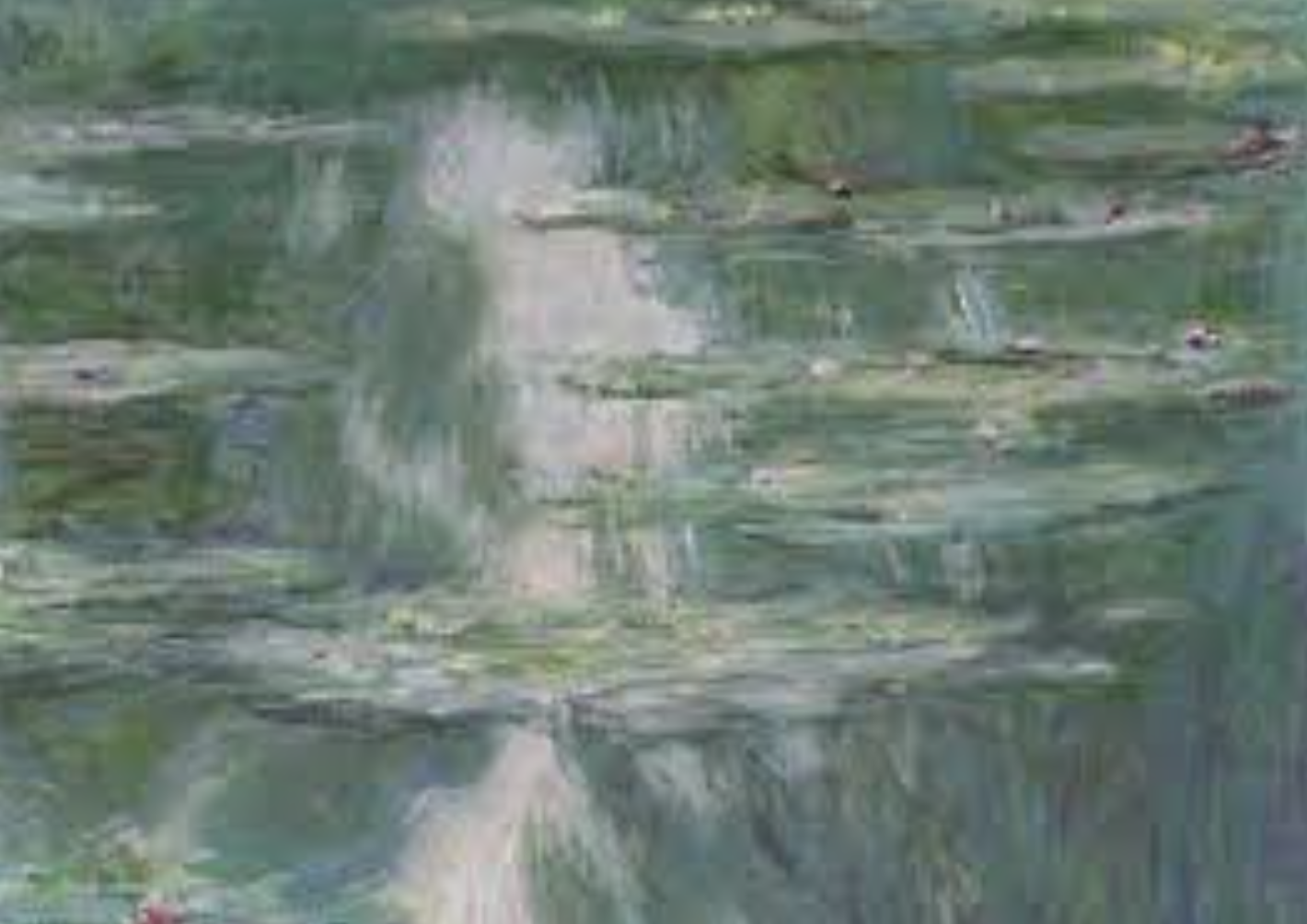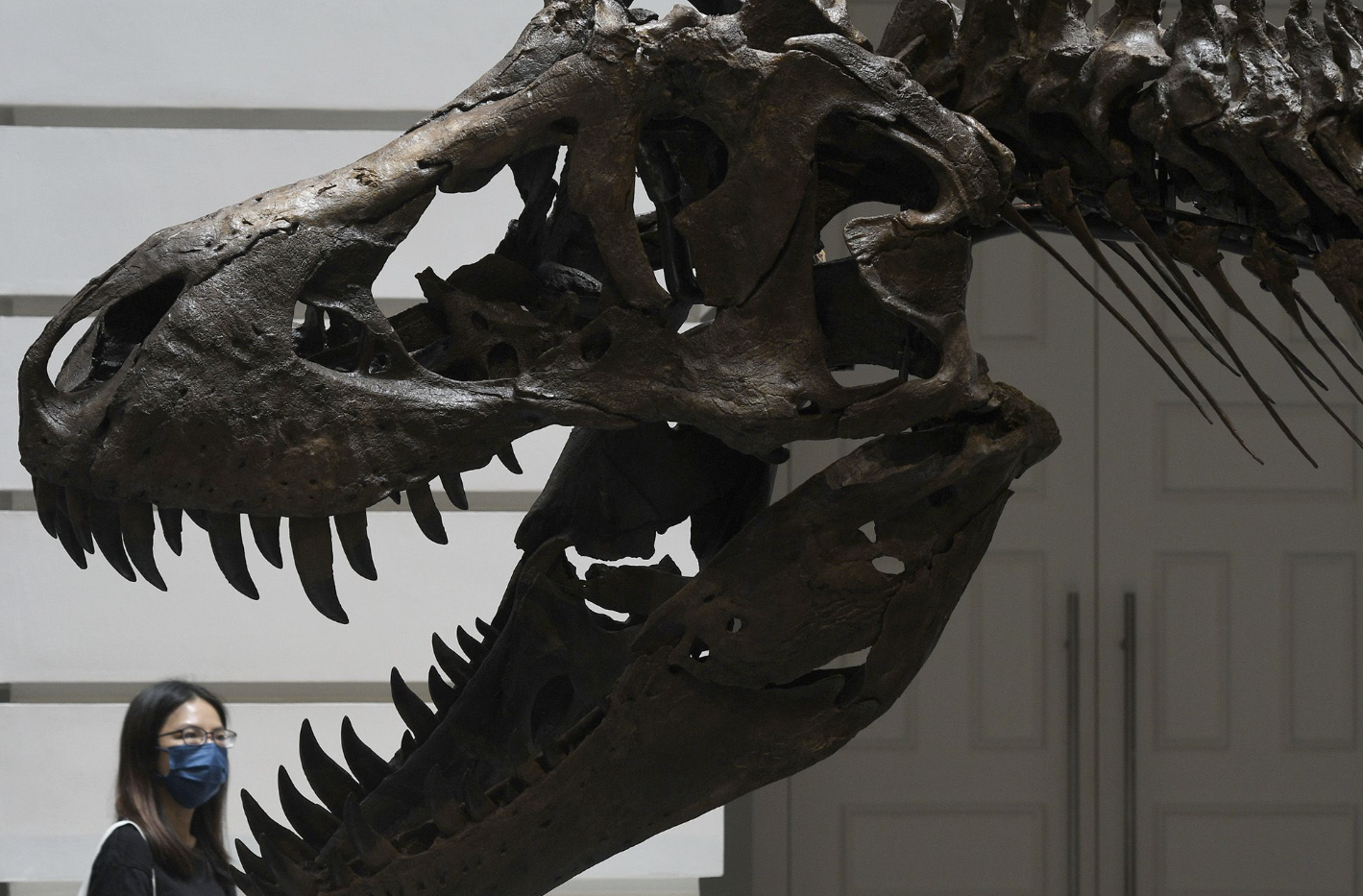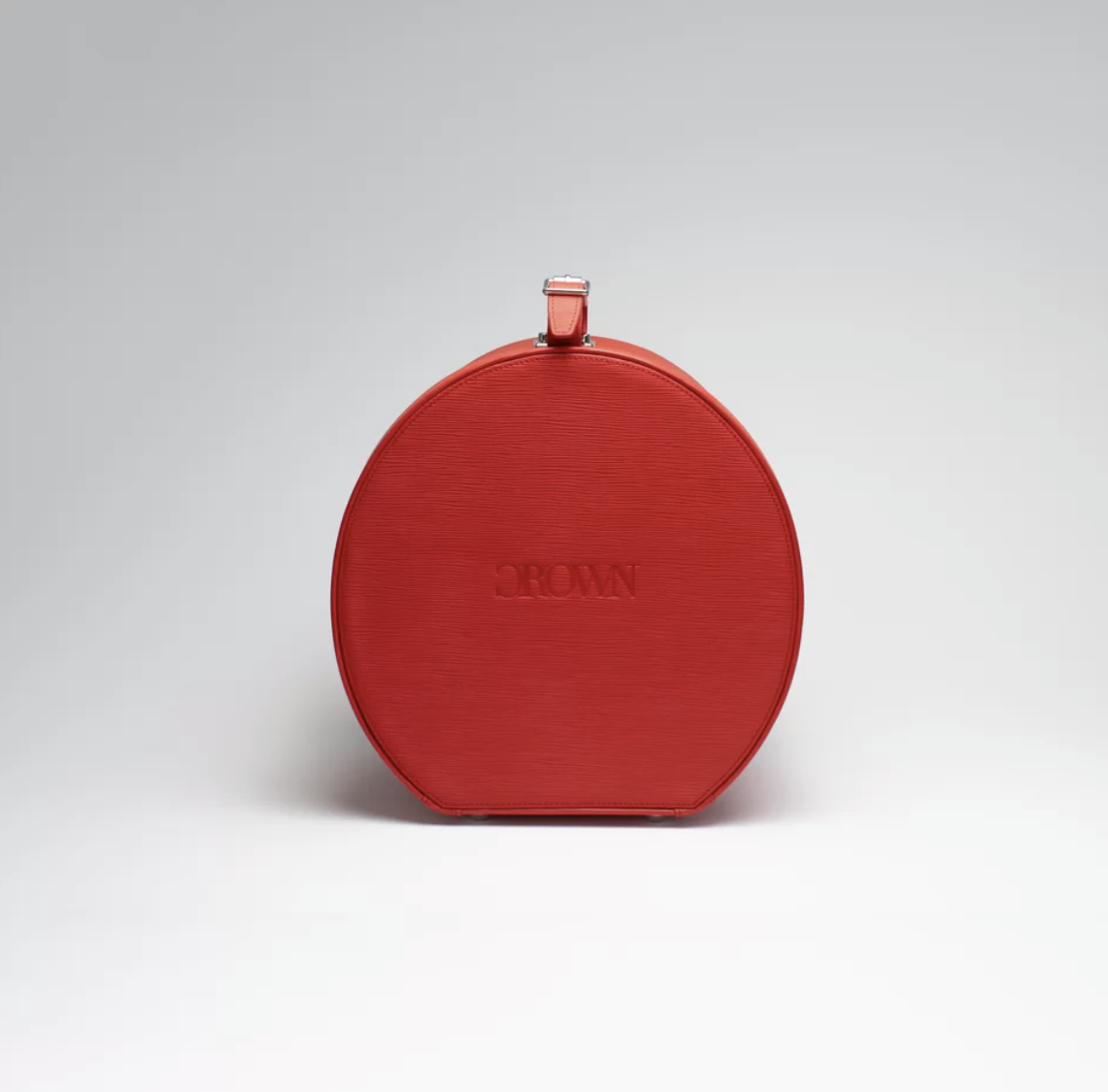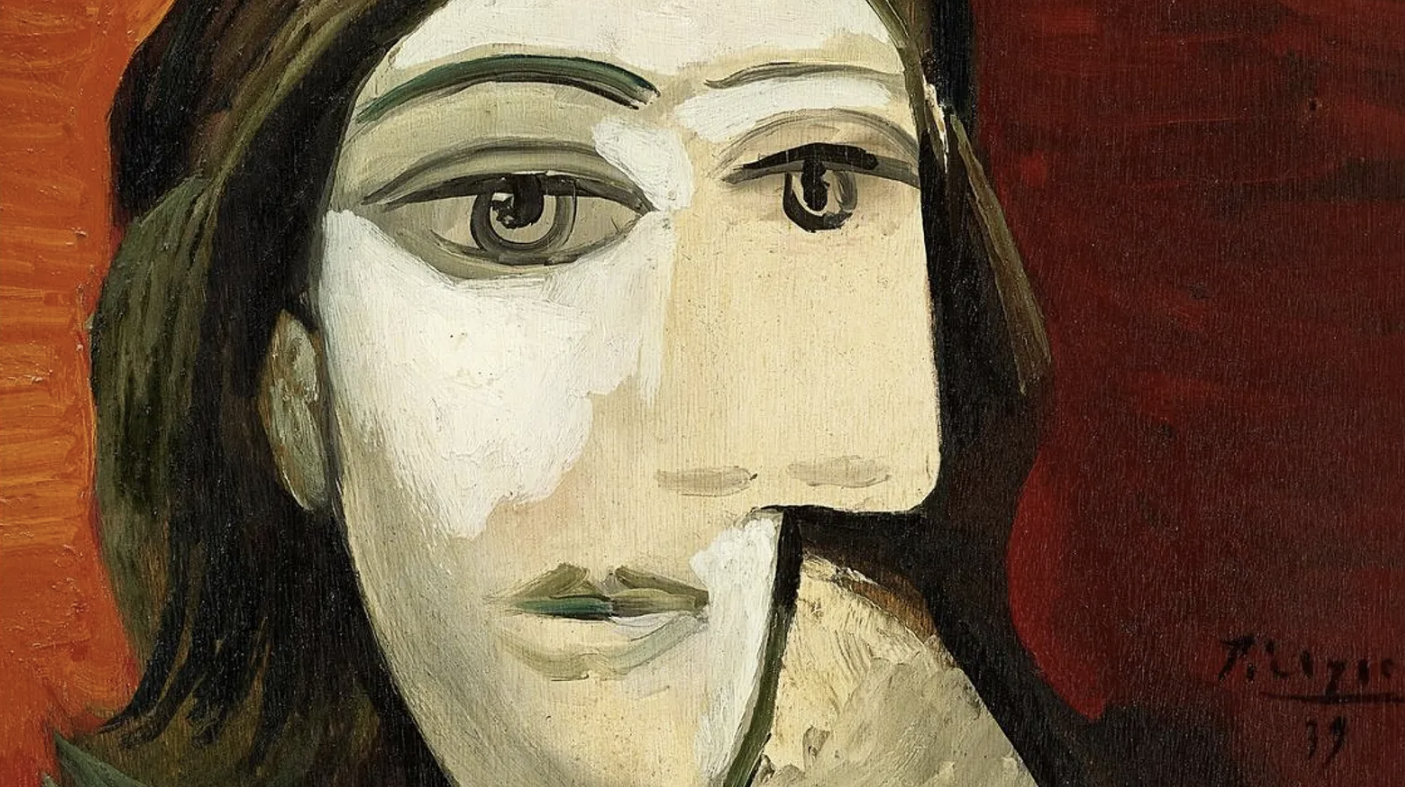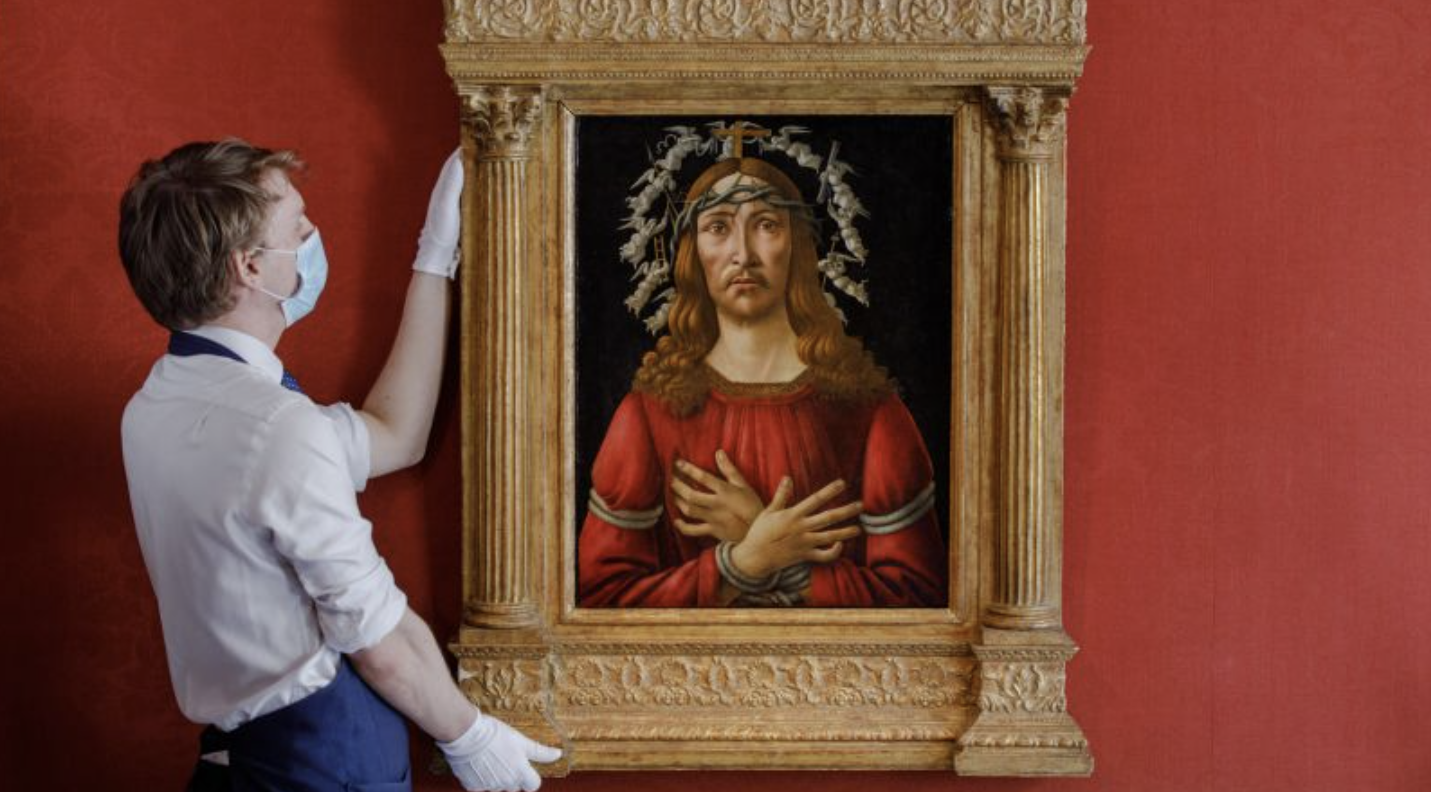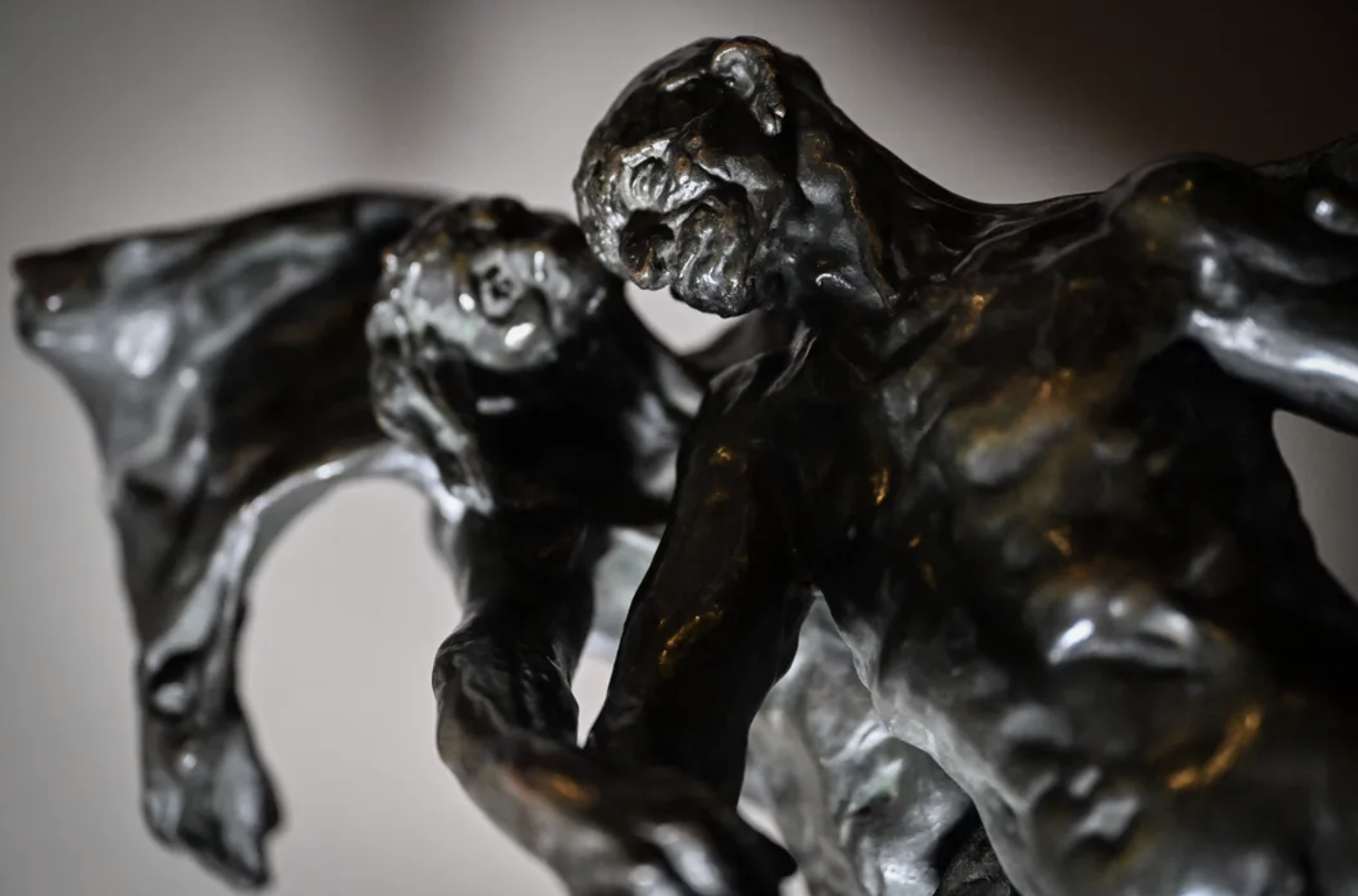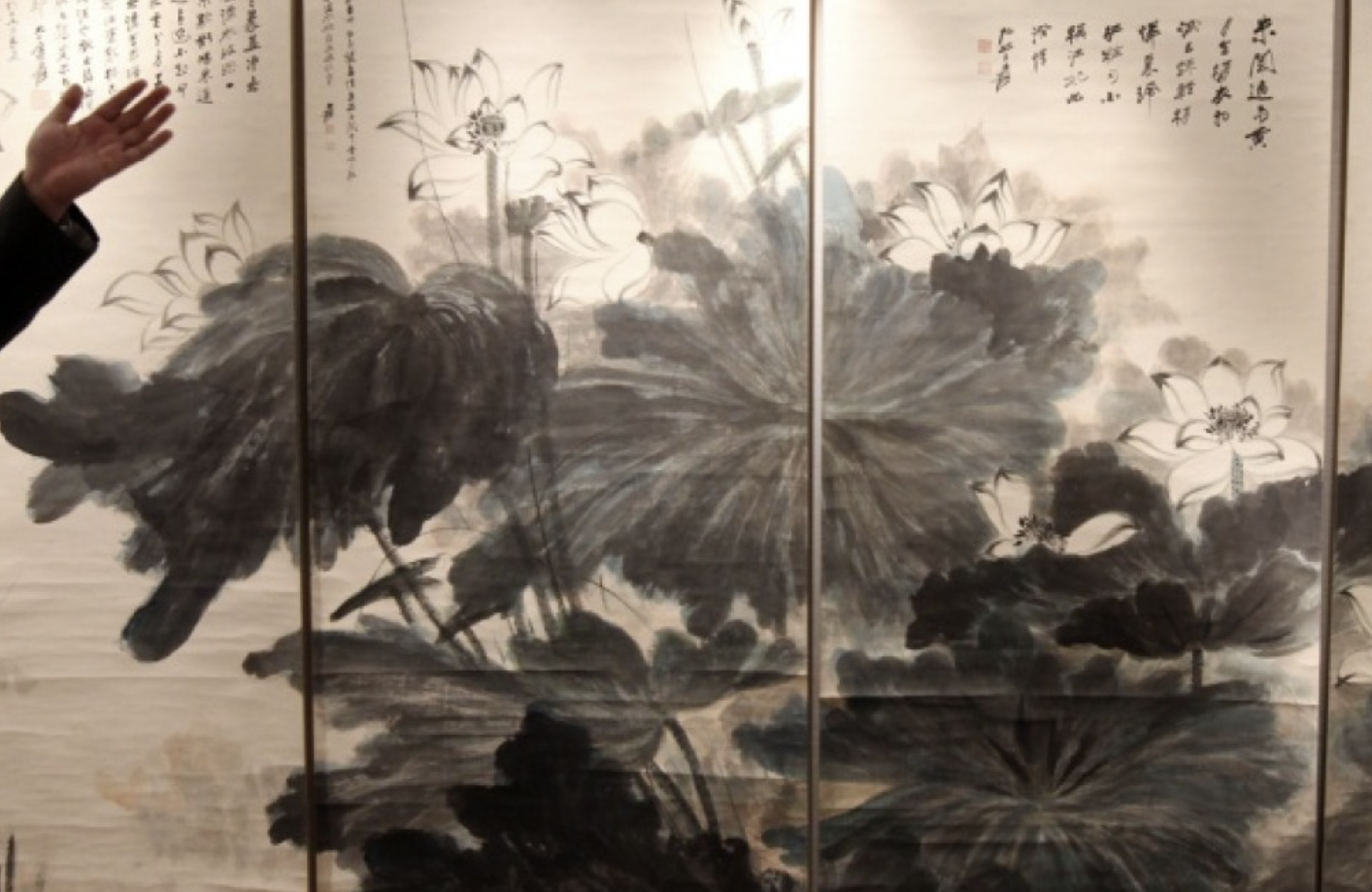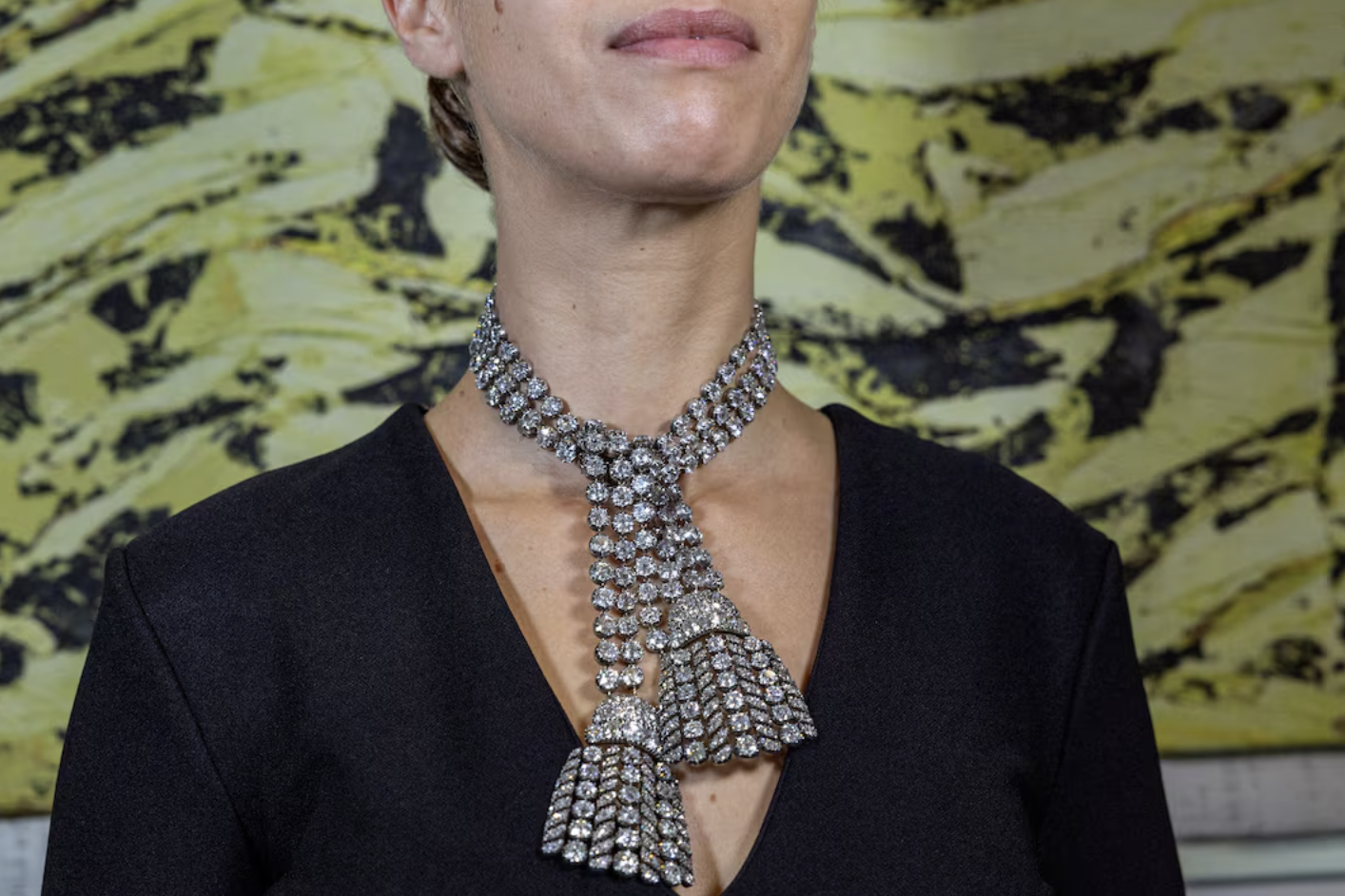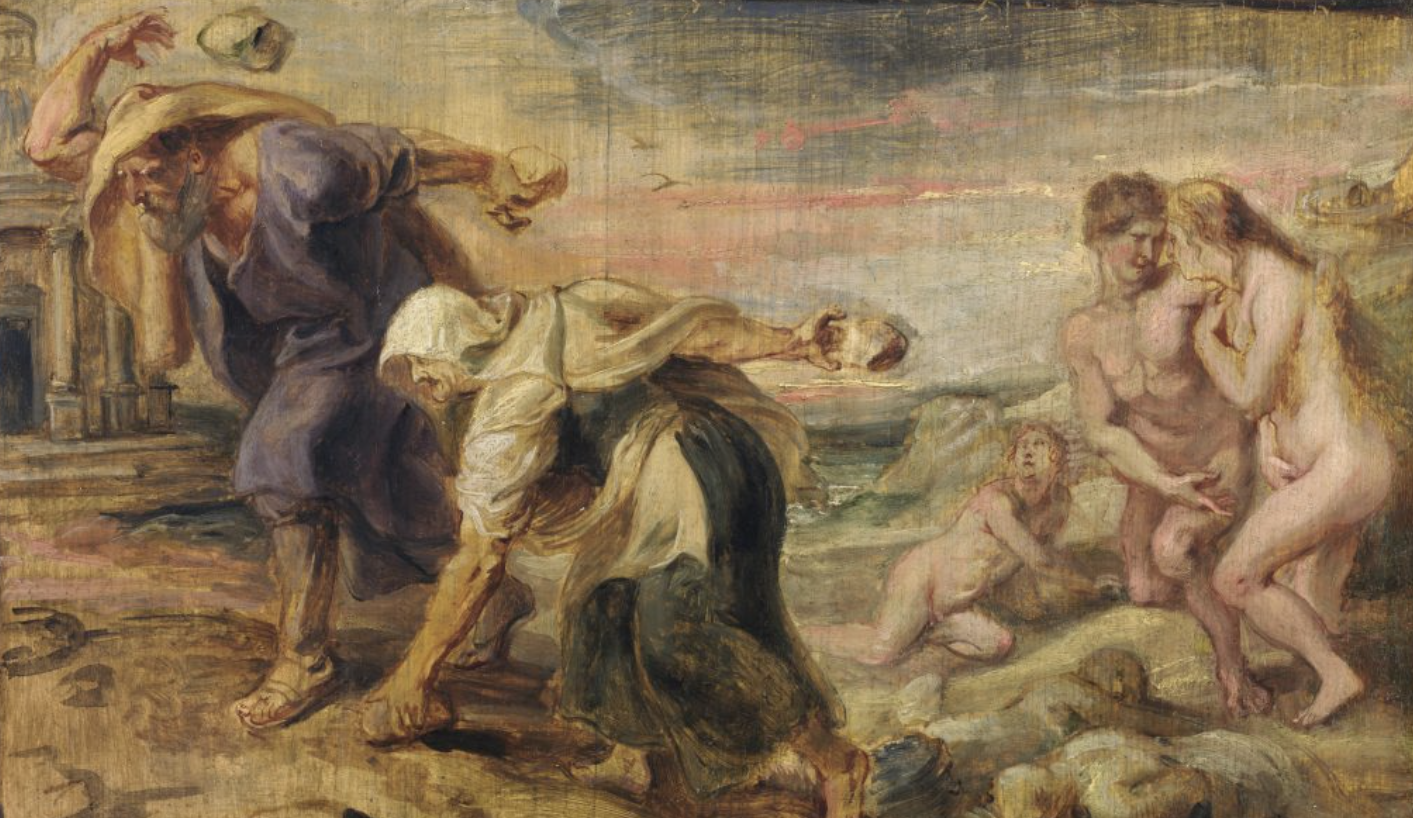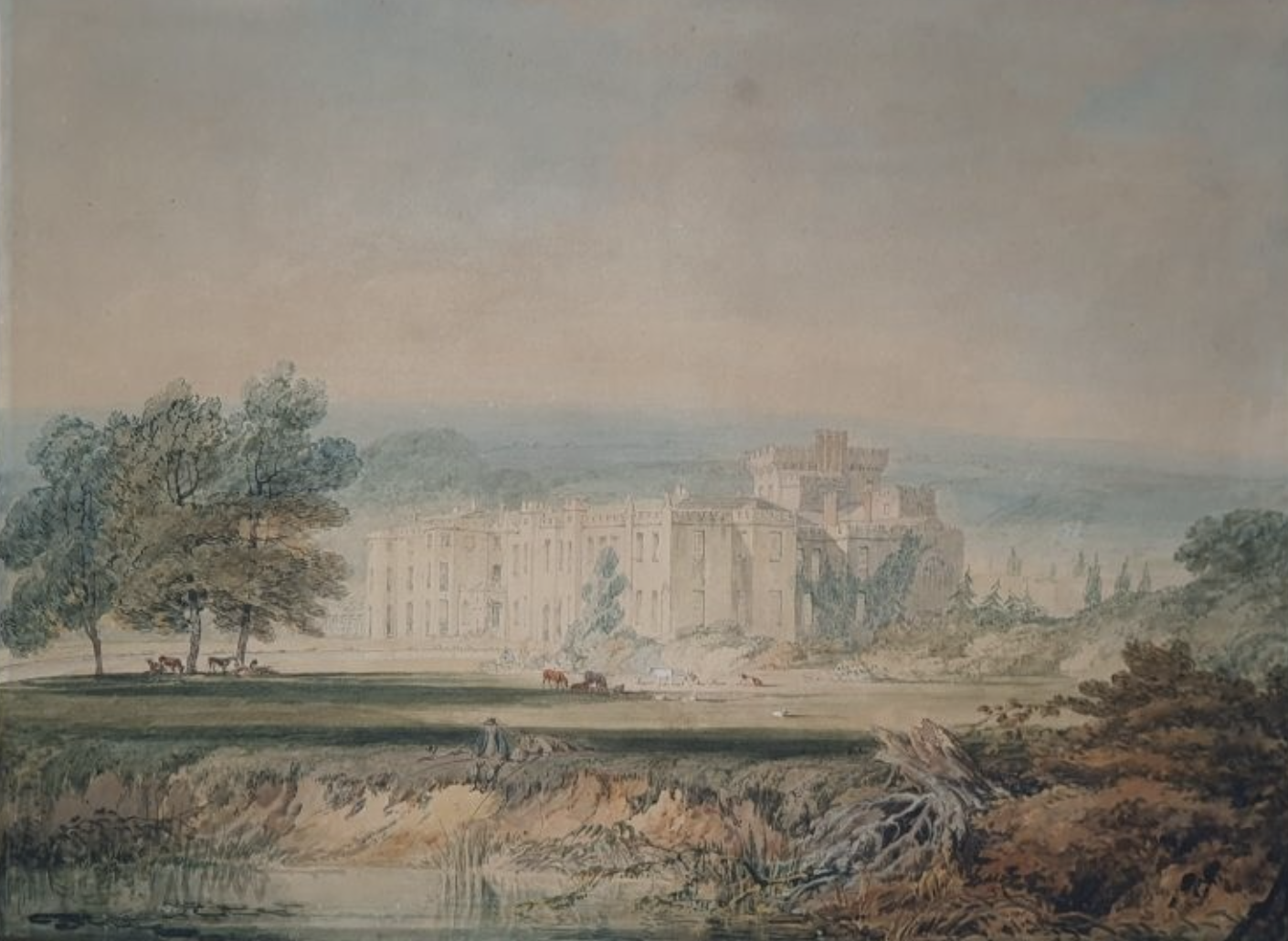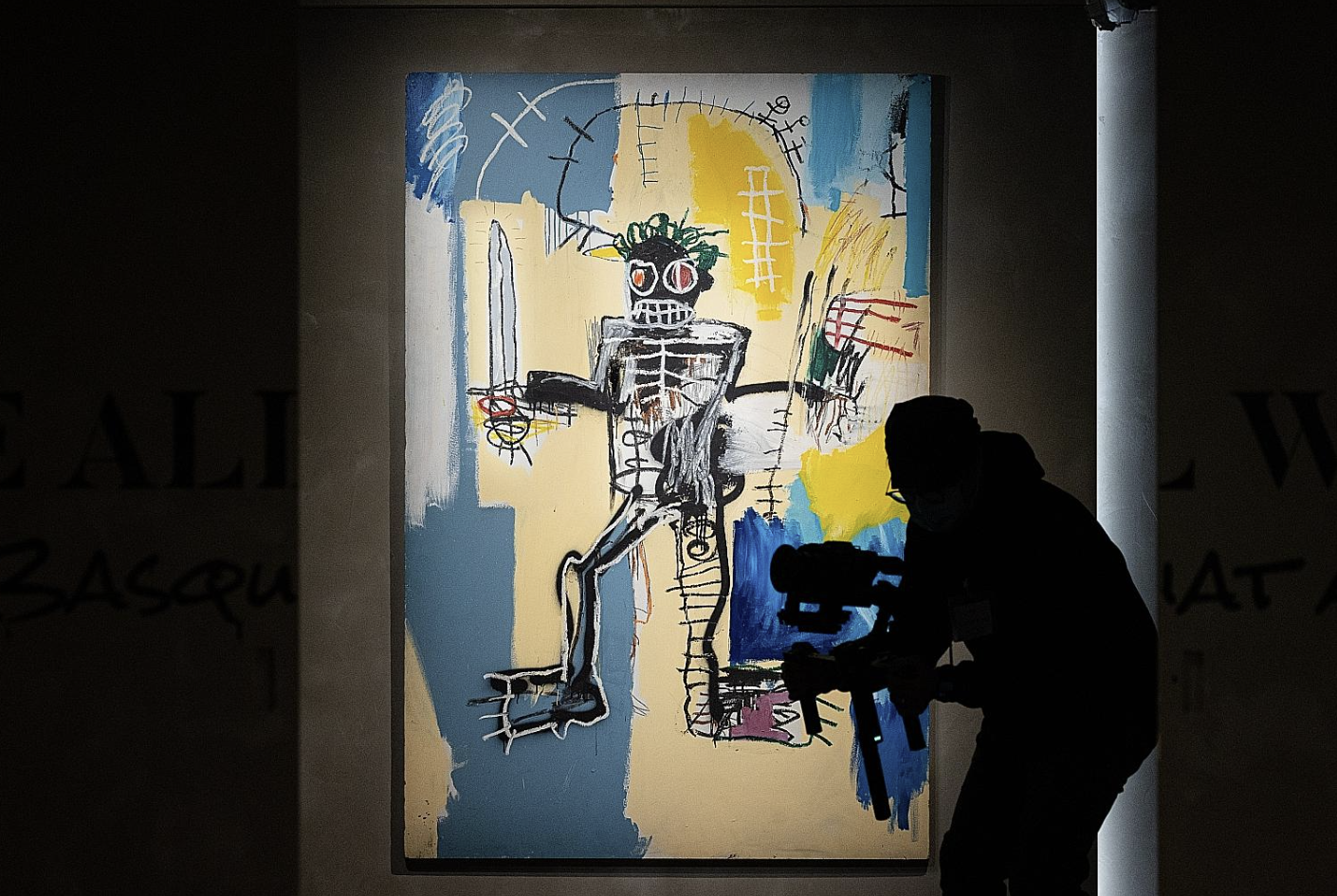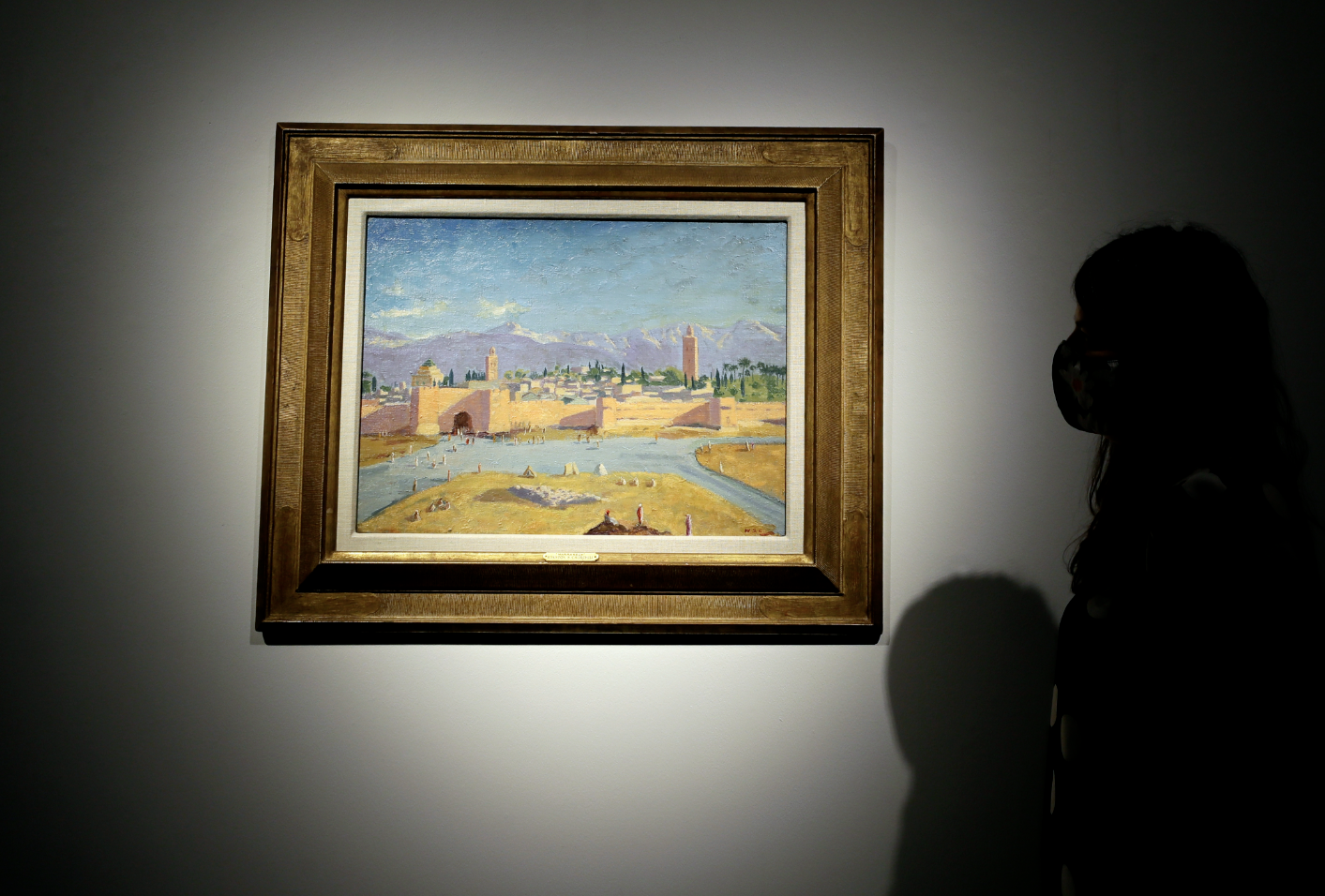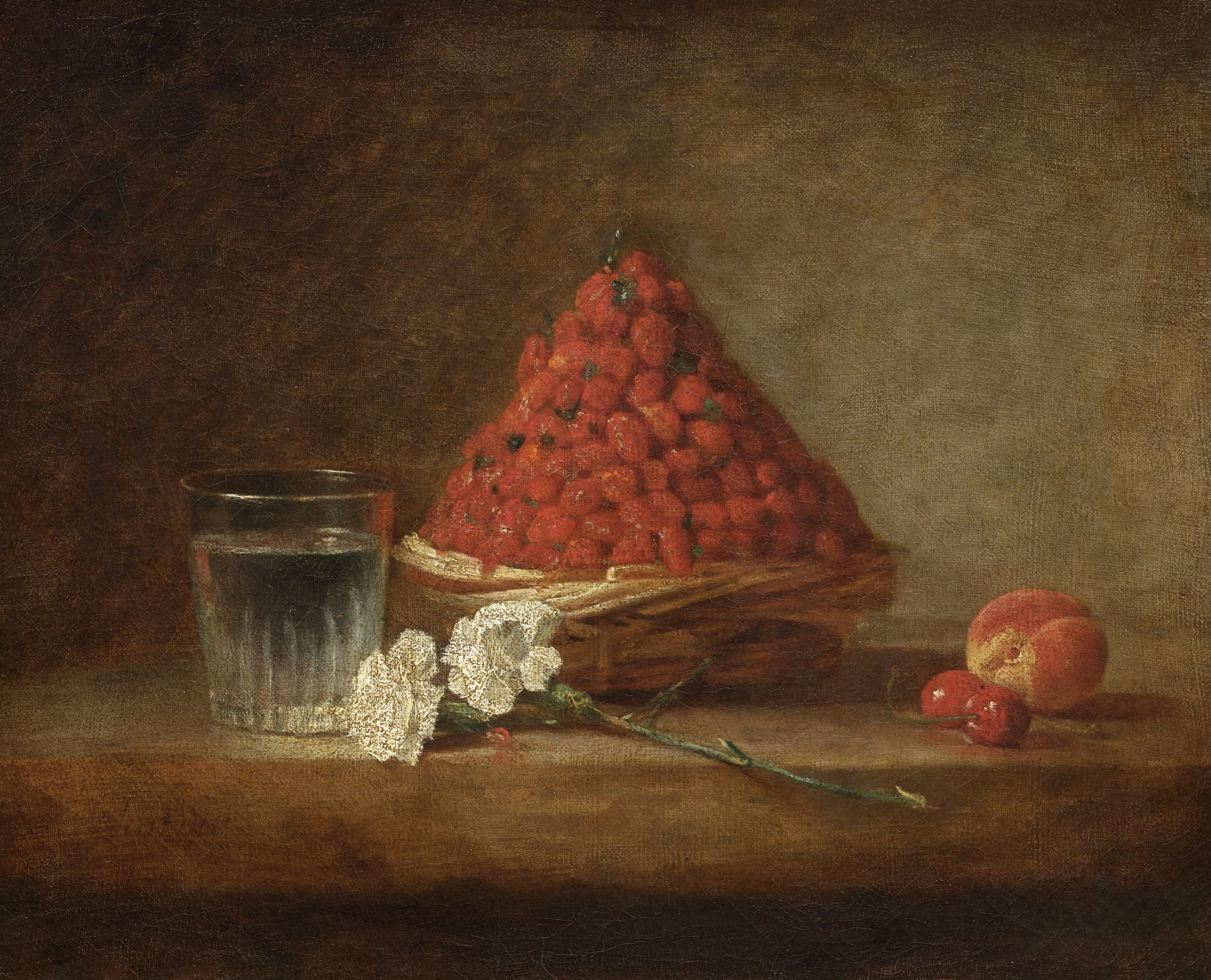
In a surprising turn of events, a long-lost painting by Jean-Honoré Fragonard was sold for an astonishing £6.6 million ($9.2 million) on June 26, 2021—far surpassing its estimated value. Auctioneer Antoine Petit discovered the artwork while conducting a routine estate inventory in a Paris apartment, as reported by Agence France Presse. The sale, held by Encheres-Champagne in Epernay, shocked many by tripling the artwork’s highest pre-auction estimate and defied the former owner’s belief that the family heirloom was worth little to nothing.
The painting, titled Philosopher Reading, had been tucked away on a living room wall, its dusty and poorly signed condition obscuring its true worth. Despite its modest appearance, the piece turned out to be a rare and significant example of Fragonard’s work. While the brushwork unmistakably bears the hallmarks of the 18th-century Rococo master, the subject matter was unusual for the artist.
Fragonard’s signature quick yet meticulous brushstrokes, even showing signs of paint being applied directly with his fingers in some areas, are evident in this piece. However, the content diverges from his usual repertoire of playful and sensual pastoral scenes. Instead, the painting focuses on a serious man deeply absorbed in a text, a stark contrast to Fragonard’s more typical depictions of light-hearted and erotic themes. This painting is one of a handful of Fragonard’s portraits of intellectual or stately men, painted in a style reminiscent of Rembrandt. Of the approximately 550 known works by Fragonard, only around ten feature such subjects.
Created around 1776, when Fragonard was about forty years old, Philosopher Reading offers a glimpse into a different phase of the artist’s career. Further investigation revealed that the last known owner of the painting was fellow artist Pierre Adolph Hall, a Swedish-French miniaturist who was a friend of Fragonard. It’s believed the work was a gift from Fragonard to Hall. After an auction in 1796, however, the painting disappeared from public view.
The disappearance of the piece can be traced to the political upheaval of the French Revolution. Hall, a revolutionary officer who was present at the Storming of the Bastille, was exiled in 1791 and later died in Belgium. During his exile, it’s likely that his family’s belongings, including the painting, were seized by the state. Fragonard, on the other hand, suffered a different fate. His close ties to the bourgeoisie led to the loss of many patrons during the Revolution, and his work fell out of favor. Even after the Revolution, his art struggled to regain popularity, despite his attempt to stay relevant by working with the Museum Commission.
Though Fragonard’s legacy was nearly forgotten during his lifetime, it wasn’t until decades after his death in 1806 that his reputation began to be reassessed, and he became recognized as a master of his craft.
Given the rich and tumultuous history of the painting, it’s no surprise that the auction sparked intense competition. A three-way bidding war ensued between a London dealer and two private collectors, ultimately driving the price up. The identity of the new owner remains undisclosed, but this sale marks the third-highest price ever paid for a Fragonard painting at auction.



